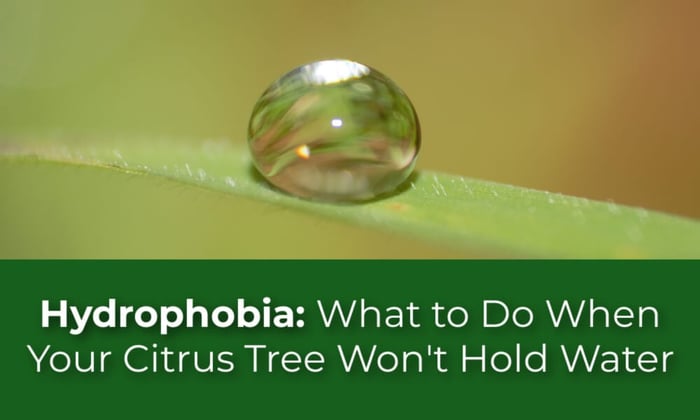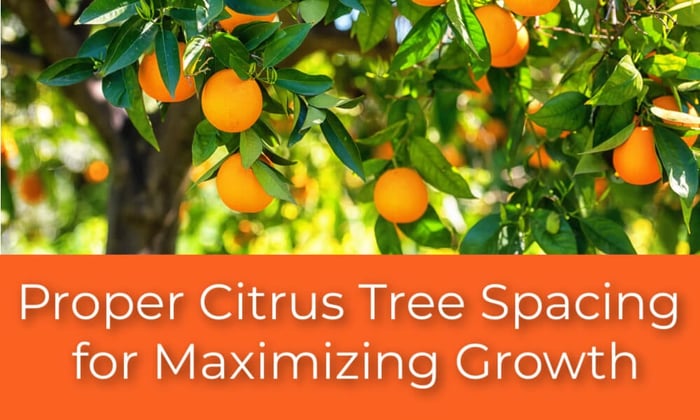Hydrophobia: What to Do When Your Citrus Tree Won't Hold Water
Hydrophobia is also known as water repellency. It refers to a condition in which certain particles in soil resist the absorption of water. This happens when a soil mix becomes so dry that water has a difficult time penetrating the mix. It is often caused by the presence of hydrophobic substances such as peat or bark in the soil mix, which prevents water from bonding with the soil and entering its pore spaces.This can lead to water pooling on the surface, reduced water penetration and retention, and uneven moisture distribution within the soil. Hydrophobia in soil presents a common challenge for gardeners and agricultural enthusiasts. This natural phenomenon inhibits water absorption, leading to uneven moisture distribution and hindered plant growth. Fortunately, various effective methods exist to control hydrophobia, ensuring optimal soil health and thriving plants.
Hydrophobicity can occur naturally in certain soil types, such as sandy soils or soils with high levels of composed organic matter. It can also be caused by excessive use of certain types of soil amendments, improper irrigation practices, and the accumulation of organic compounds.
If your tree's soil mix is hydrophobic, you may notice water running out of the bottom of the pot and conclude that the tree is well-watered. What can happen is that the water actually runs through the pot and does not have a chance to become fully saturated. To prevent and/ or manage hydrophobia in soil, you can consider the following steps:
Irrigation Practices: Use proper irrigation techniques: Water the soil evenly and avoid excessive water application that can lead to surface runoff. Drip irrigation or soaker hoses can help deliver water directly to the root zone.
Apply water in multiple cycles: If you're experiencing water repellency, it's often better to apply water in shorter, multiple cycles rather than a single heavy irrigation event. This allows water to penetrate the soil gradually.
Mulching: Applying mulch to the soil surface helps retain moisture, especially on very hot days. It reduces the surface evaporation, and can mitigate water repellency. Mulch also encourages the growth of beneficial soil microorganisms that can break down hydrophobic substances.
Soil Aeration: Aerating the soil by creating small holes or channels can improve water infiltration by reducing compaction and allowing water to move more freely through the soil profile.
Avoiding Chemical Contaminants: Certain chemicals and pollutants can contribute to soil hydrophobicity. Avoid using substances that may have negative effects on soil structure and water interactions.
Controlling hydrophobia in citrus tree soil is a vital step towards maintaining healthy and productive ecosystems. By paying attention to the dryness level of the soil and implementing a combination of strategies you can significantly improve soil water infiltration, enhance nutrient availability, and foster better plant growth.
ALSO READ: Overwatering vs. Deep Watering- What is the Differerence?




